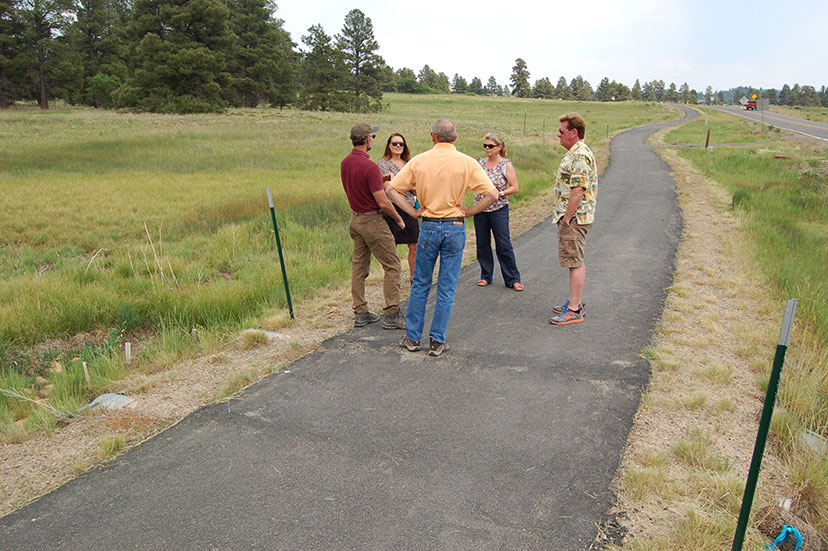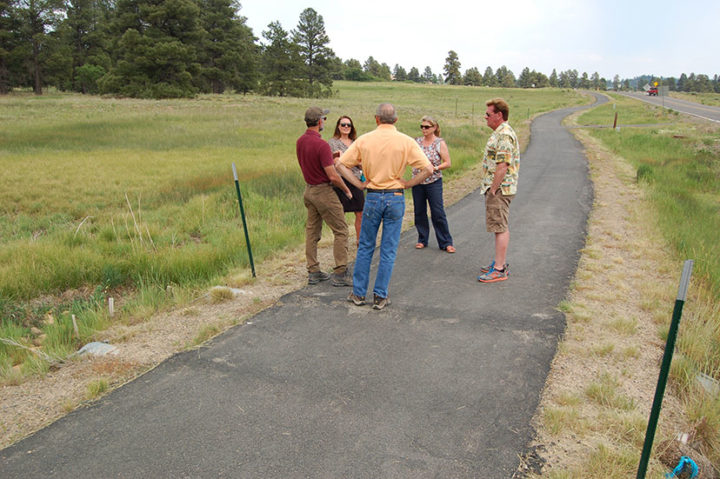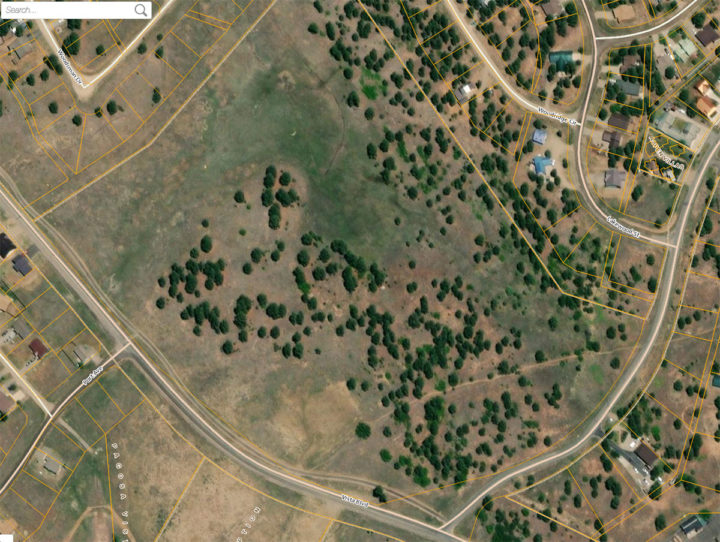“Thank you for calling Pagosa Area Water and Sanitation District. If you know your party’s extension, please dial it now. We are extremely short staffed at this time and appreciate your patience…”
— Recorded answering message at PAWSD, July 14, 2021.
I’ve been living in Pagosa for almost exactly 28 years, and I’ve grown accustomed to the disadvantages of living in a small town in The Middle of Nowhere, Colorado. Clarissa and I moved here precisely because it was a small town, and we were quite prepared to put up with certain little inconveniences. Even with some major inconveniences.
I’m not entirely happy, however, with the idea that PAWSD, the agency that provides my community’s clean drinking water, and processes my community’s sewage, is “extremely short staffed.”
I don’t know exactly what PAWSD means, when they say, “extremely short staffed”. But… well, I just don’t like the sound of it.
I didn’t like hearing, last month, the CEO of our community hospital, Dr. Rhonda Webb, tell the Board of County Commissioners that Pagosa Springs Medical Center has 21 unfilled job openings. Makes me feel like I’m living in the middle of a crisis situation. Like, maybe we ought to be hiring a crisis manager…
But… where would he or she live?
It’s possible that, someday, such a crisis manager could live in some newly-constructed housing along Vista Boulevard. If all the pieces were to fall into place — say, within the next few months?
If someone were leading a campaign to effectively address the housing problem. Someone with courage and foresight, who wouldn’t take ‘No’ for an answer.
The people in the photo above are, from left, Mike Davis of Davis Engineering, Town Manager Andrea Phillips, Pagosa Lakes Property Owners Association (PLPOA) General Manager Allen Roth, Archuleta School District Superintendent Kym LeBlanc-Esparza, and Pagosa Housing Partners board member Mark Weiler.
I am behind the camera, taking the photo.
We stood on the asphalt walking path next to the School District’s vacant 37-acre parcel on Vista Boulevard. If you look closely at the photo, you can see that two small metal culverts passing under the walking path. This particular piece of property includes a large, green, ‘wetlands’ that occupies maybe five or six acres of the parcel, and the culverts are there to handle storm events.
In the image above, the pale green wetlands are located on the west (left) side of the School District parcel. You can click the image for a slightly larger view.
The Federal Government regulates, through Section 404 of the Clean Water Act, some of the activities that occur in wetlands. The Section 404 program originated in 1972, when Congress substantially amended the Federal Water Pollution Control Act to control the discharge of dredged or fill materials into wetlands. The general intention of recent federal policies and regulations is to preserve wetlands whenever possible, based on the understanding that they perform a valuable public service — in terms of natural pollution control, and in terms of encouraging biodiversity.
At the time of European settlement in the early 1600s, the area that would eventually become the conterminous United States featured approximately 221 million acres of wetlands. About 103 million acres remained as of the mid-1980s. Six States lost 85 percent or more of their original wetland acreage; twenty-two lost 50 percent or more. Even today, the full effects of these losses might not be fully realized.
During our walk on Vista Boulevard, we discussed the suitability of the 37 School District acres — for either a future school, or for future workforce housing, or for both — and Mike Davis reminded us that it’s expensive to encroach on a protected wetlands nowadays, when developing vacant land… considering the federal rules that now protect these natural features. Typically, developers are required to ‘replace’ any wetland terrain their development will destroy, with new, ‘artificially built’ wetlands, acre for acre.
Typically, developers don’t mess with wetlands, if they can help it. Instead, wetlands is considered ‘green space’ and left alone. But a wetlands area can also serve a beneficial purpose.
Modern land use standards require new commercial or residential (or mixed use) developments to manage runoff from major rain events, so that the runoff from a new development doesn’t negatively impact surrounding properties. In many American cities and suburbs, shared underground storm water drainage systems are in place to manage heavy rain events. We have very few such systems in Archuleta County, which means that every new home or commercial building or new subdivision must provide its own storm water management system.
This requirement naturally adds to the cost of development. It also means that, often, a chunk of the vacant property must be used for some type of holding pond. The pond is sized, not for a typical rain event, but for the worst imaginable rain event. Needless to say, this type of requirement does not make the construction of affordable housing any cheaper. Quite the opposite.
When I arrived in Pagosa, about 28 years ago, most of the major streets and roads were still gravel. Most of the driveways were still gravel. Most of the parking lots were still gravel. Gravel and dirt tend to absorb rainfall in a rather ‘natural’ fashion. When human development embraces and respects the ‘natural’ landscape and environmental conditions, historic storm events are less likely to be problematic.
But gravel and dirt roads and parking areas also generate dust, when automobiles dominate the picture, as they have, increasingly, in Pagosa Springs. So we made a decision, about 30 years ago, to pave as much of our community as possible with asphalt, to accommodate cars, rather than to accommodate rainwater.
It was a trade-off.
As Mike Davis pointed out during our walk on Vista Boulevard, a large wetlands area on a vacant parcel limits the area that can affordably be covered with buildings, and driveways, and streets, and such.
On the other hand, the wetlands can serve as a natural, ready-to-use, ‘holding pond’. Which, in a way, can actually make a development more affordable.



